BMI Composers Share What’s Unique About SXSW Film Scores

BMI has long been a partner of SXSW to bring the best in music to the renowned festival each year, and 2021 was no exception. In addition to the BMI singer-songwriters who participated during the online event, many BMI composers lent their musical expertise to the films that were spotlighted. We asked several of them the same question: “Can you describe how your work on this film differs from anything you’ve done before?” All of their answers were as different as the films themselves. Read on to see how!
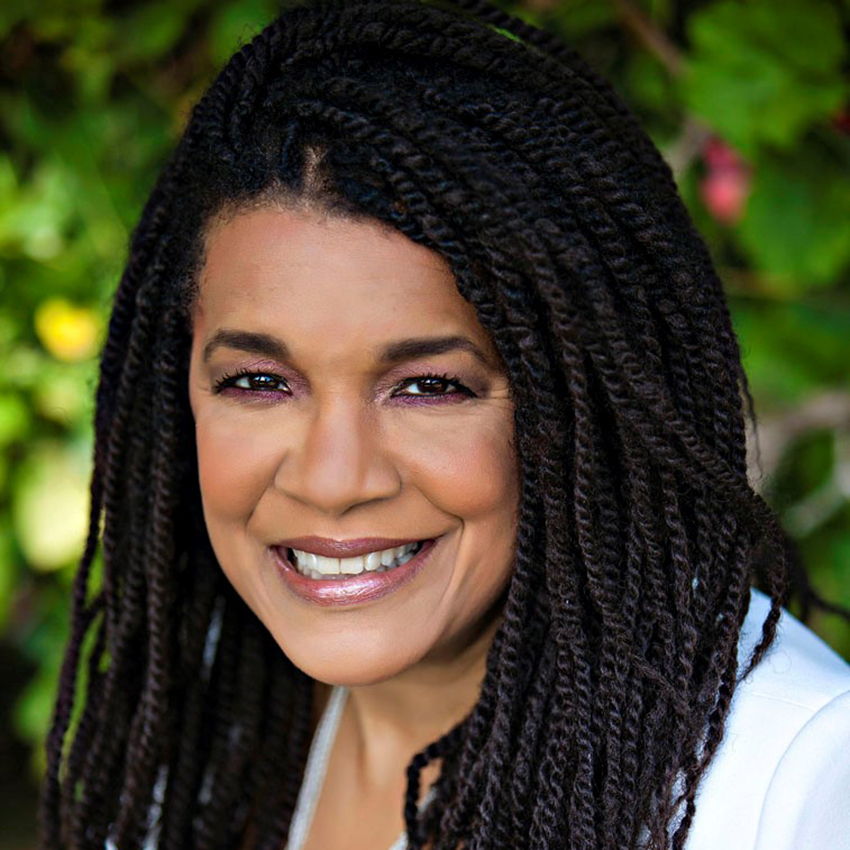 KATHRYN BOSTIC
KATHRYN BOSTIC
SXSW FILM: Who We Are: A Chronicle of Racism in America [Screening Section: Documentary Spotlight]
Award: Audience Award for Documentary Spotlight
“The film Who We Are - A Chronicle of Racism is for me one of the most forthright and riveting narratives on the history and legacy of racism in the United States. This film lays out in precise, fact-based detail how the laws and legislation were intentionally constructed to create this country’s foundation of racism and injustice that is still very much in place. There is no “hear-say” in this film and the reveal by producer-narrator Jeffrey Robinson is monumental and disturbing. For me as score composer, I wanted to honor the emotional impact of this narrative and at the same time create music in ways that would not distract from what Jeffrey and others interviewed were saying. There is so much powerful emotional potency and rawness in how this film is crafted. The filmmakers and co-producers, sisters Sarah and Emily Kunstler, gave me a lot of room to explore my gut reaction to the footage and dialogue; we really trusted that process. Each time I watched the film, I had a very visceral response on many levels and wanted to musically elevate certain moments to reflect this response. This is a must see film! Especially in schools nationwide! Absolutely!”
 FREDERIK WIEDMANN
FREDERIK WIEDMANN
SXSW FILM: Women Is Losers [Screening Section: Narrative Feature Competition]
“Women is Losers is a beautiful period piece, taking place for the most part in San Francisco during the 1960’s. We follow a young woman starting with her high school years, who sets out to rise above the oppression of poverty and invests in a future for herself that sets new precedents for the time. The score for this film had to come from a very vulnerable place, but it had to slowly grow in confidence as our protagonist is breaking wall after wall on her journey. I featured a lot of acoustic instruments, mainly focusing on a Latin-flavored nylon string guitar to honor our main character’s heritage, as well as solo cello to resonate her intimate and personal view to the world. Building the music around these two basic sonic ideas allowed me to help the audience feel for her, hopefully.”
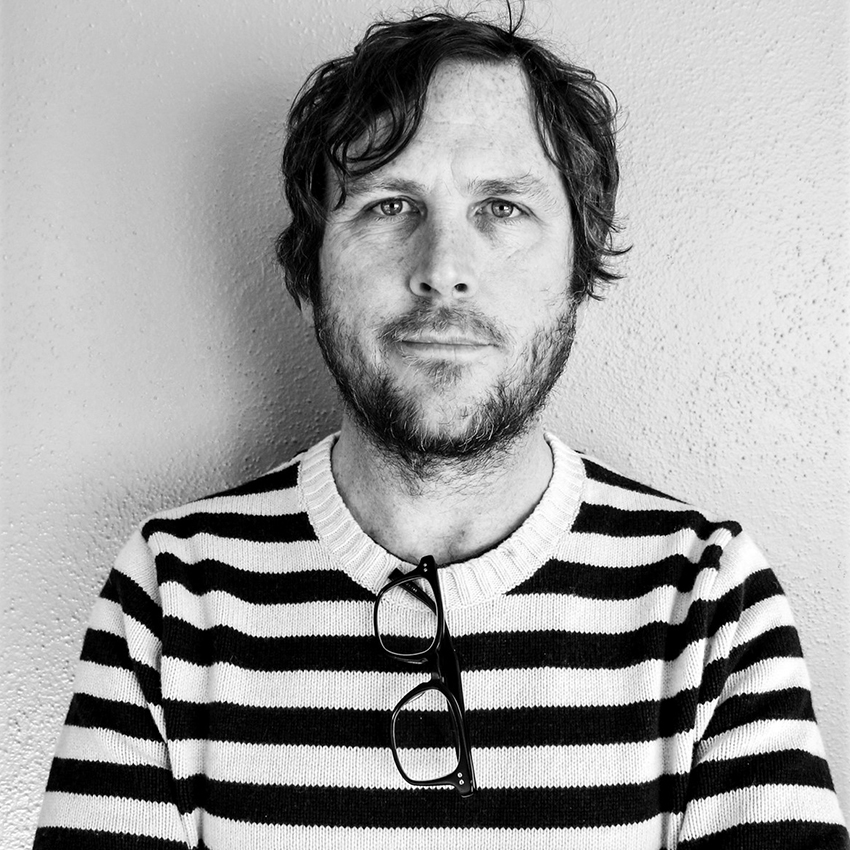 JOHN DRAGONETTI
JOHN DRAGONETTI
SXSW FILM: Hysterical [Screening Section: Documentary Spotlight]
“The project before this one was a very intense, partially orchestrated score. In contrast, working with director Andrea Nevins and editor Dava Whisenant on Hysterical brought me back to my “indie pop” roots with The Submarines. Billie Eilish opens the film and K.Flay closes it - which really set the tone for our score. There are some spare and introspective musical moments but a lot of the music was harder-hitting, playful and empowering. I usually work alone but this time I partnered with Mike Sawitzke from The Eels. The schedule was super tight so the power of two helped see this one through.”
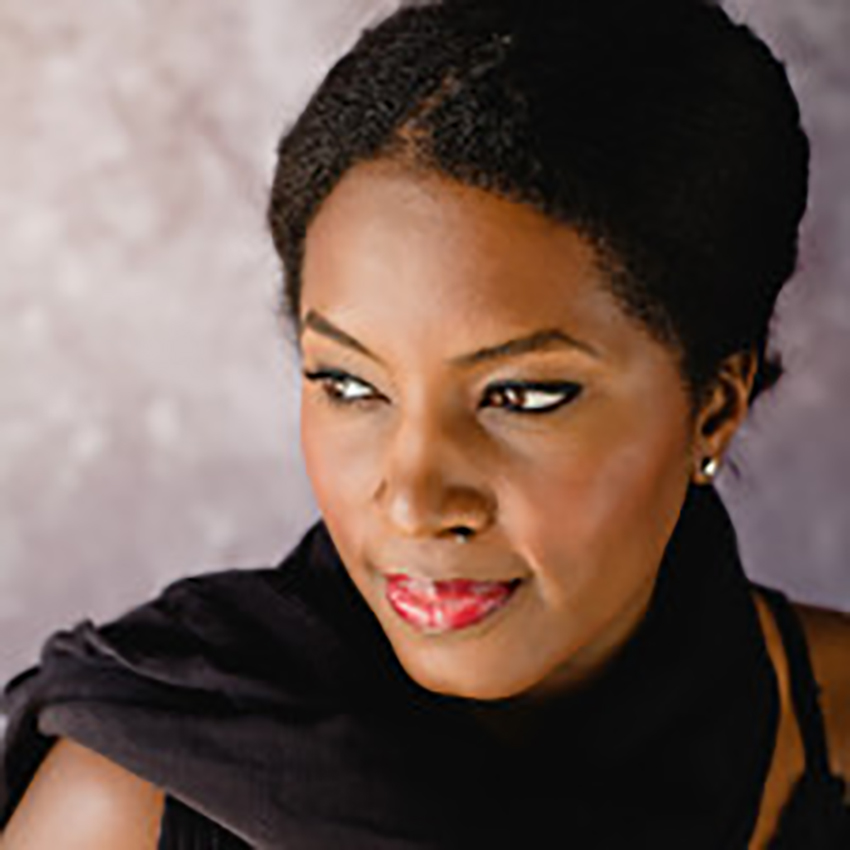 CHANDA DANCY
CHANDA DANCY
SXSW FILM: Spring Valley [Screening Section: Documentary Spotlight]
“This was a project that I felt deeply passionate about, and that passion was so vividly shared with the filmmaking team from the very first conversation we had. We were all of one mind. I was given carte blanche to really pour my soul into the music and truly be myself and express my point of view. There were simply no limitations on instrumentation or sound, whatsoever. I completed a version 1 of the score, and that is what was used for the final version of the film. No changes. Version 1 for every single cue. This was definitely the first time that has happened! It was truly a testament to finding the perfect project and the perfect filmmaking team to be able to be so dialed in and create something that everyone could be moved by. I am truly grateful!”
 TYLER STRICKLAND
TYLER STRICKLAND
SXSW FILM: The Oxy Kingpins – Tyler Strickland, Nick Zinner [Screening Section: Documentary Feature Competition]
“I started scoring this film shortly after the pandemic hit, and our director was based in Singapore; 15 hours ahead of LA time. So that definitely made things interesting! One thing I loved about scoring this film is that normally we would make the drug dealers out to be the villains in the story, but in the context of this film, we painted them in a different light. Instead, we portrayed them a bit more like vigilantes against the real problem, Big Pharma. That had a real influence on the score.”
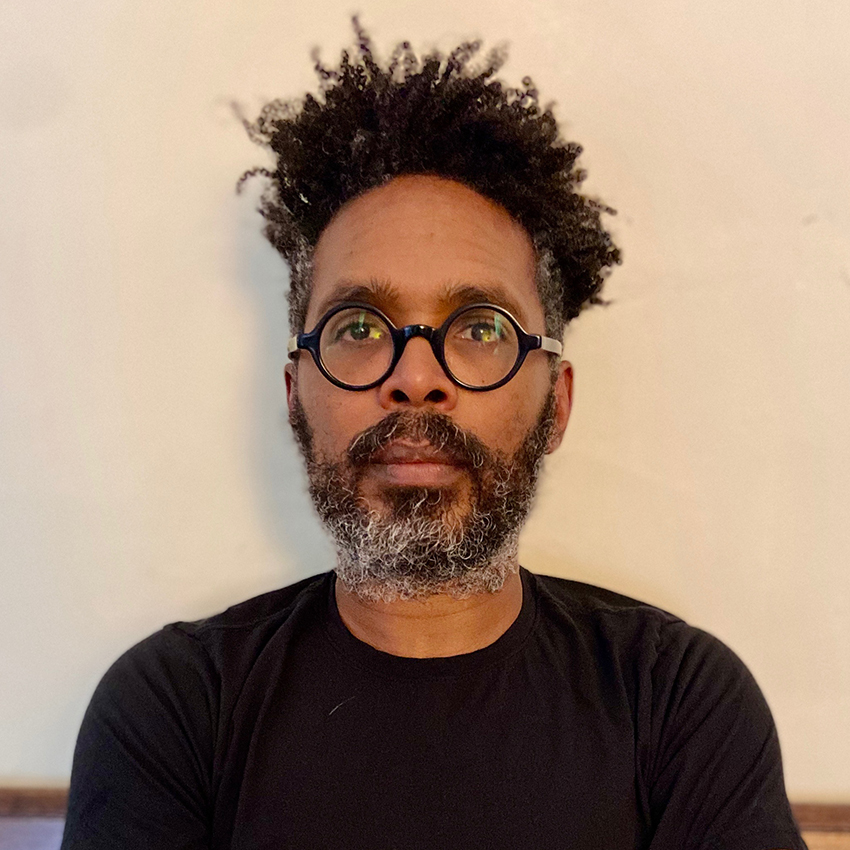 OSEI ESSED
OSEI ESSED
SXSW FILM: Dear Mr. Brody [Screening Section: Festival Favorites]
“Keith [Maitland, director] has a dynamic, modular approach to filmmaking. For Dear Mr. Brody, rather than composing sequentially or even thematically, I wrote music to scenes before they had a place in the cut, and sometimes used the letters written to Michael Brody as inspiration for cues. The primary challenge was to create a unique aural landscape that worked with the interviews, recreations and period music and could bridge the decades spanned in the film. I also play a brief on-screen role.”
 DARNELL MONESTIME
DARNELL MONESTIME
SXSW FILM: Ludi - [Screening Section: Narrative Spotlight]
“To start, scoring this film, Ludi, differs from anything I’ve done before with just the simple fact that it was the first film I ever scored. It was an incredible journey! I entered into a creative space that I’ve never been in before and there was a lot that I learned. My approach in the way I create music had to change since I was creating musical movements to be in the background of a scene rather than accompanying a vocalist or artist. My thought process changed since I now had to think about how the music can tell the story that the director wants to tell. Usually when producing music for an artist I can rely on my interpretation of a song and what the artist wants to communicate through the song. But with this film I realized I had to understand what the director wanted to communicate and take into consideration what the actor is probably trying to express through their interpretation of the character and/or the specific scene that I’m watching… all the while I am expressing my musical interpretation into the scene as well; to carry the emotion of what the story is meant to express. Having to think of the right moment where music should start or end. What sounds would work in certain scenes. Creativity on a whole new level. I was fortunate enough to have had the first film that I score be with a director who is musically inclined. He was able to communicate with me on a musical level that allowed for the creating process to be really smooth. I understand that may not be the case with every film director but I was glad that that was the case for me. This journey was exciting and a new challenge that I am so grateful to have had. I have learned so much and I am ready to receive more film scoring opportunities. This journey has just begun!
 BEN LOVETT
BEN LOVETT
SXSW FILM: Broadcast Signal Intrusion [Screening Section: Midnighters]
“This score has more jazz influence on it than anything I’ve done before, which is interesting because the director hates jazz. It was also written and recorded remotely during the pandemic, so it’s the first time I’ve had a score full of live players that were never in the same room. There’s a lot of solo parts for instruments I don’t play like trumpet and flute so I relied on the players to really breathe some personality into those, and I’ll own the pun on that one.
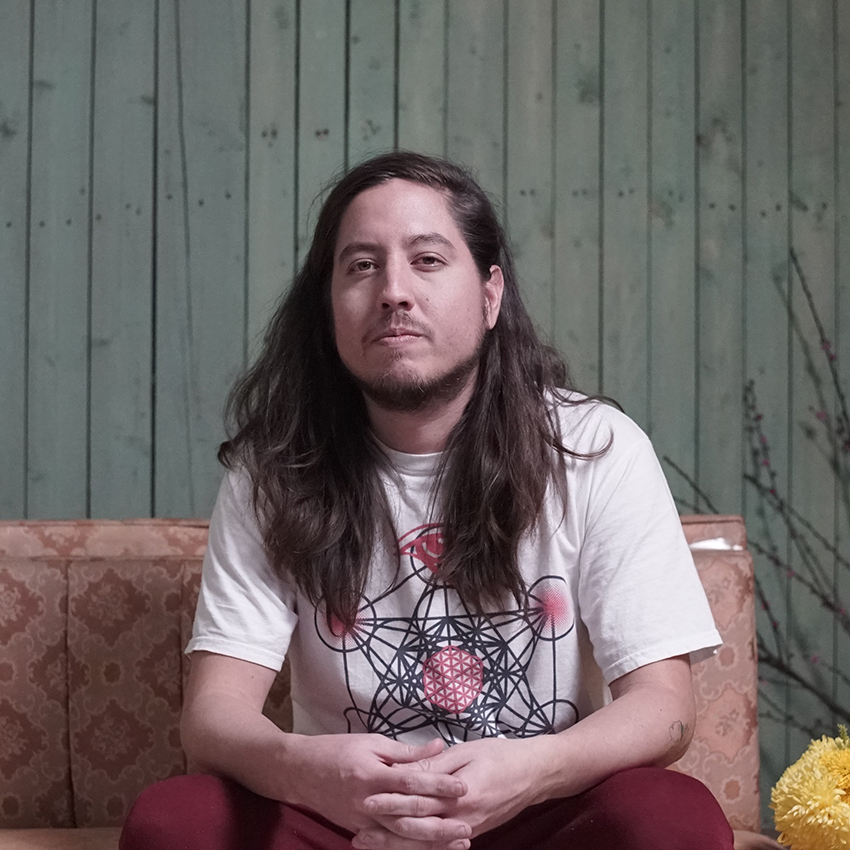 ERICK DEL AGUILA
ERICK DEL AGUILA
SXSW FILM: I’m Fine (Thanks For Asking) [Screening Section: Narrative Feature Competition]
Award: Special Jury Recognition for Multi-hyphenate Storyteller
“When directors Kelley Kali and Angelique Molina approached me with their film, they were already using a couple of songs I wrote and produced with Woo & the Clouds - one of them, “Uptown in Spring,” played through a long ending sequence in the film. Before writing the score, I realized that the songs were serving as ‘light through the darkness’, and at the same time, they would give you a sense of the struggles and hardships of what our main character, Danny, was going through. So for the music score, I wanted to complement that - started by writing a theme with the intention to give you hope when you feel lost, to take you on a journey and go through tough moments, and also tell you that it’s going to be OK. I used electric guitars and a couple of modular synths mostly, because I wanted to have a few elements that could capture a wide spectrum of emotions.”
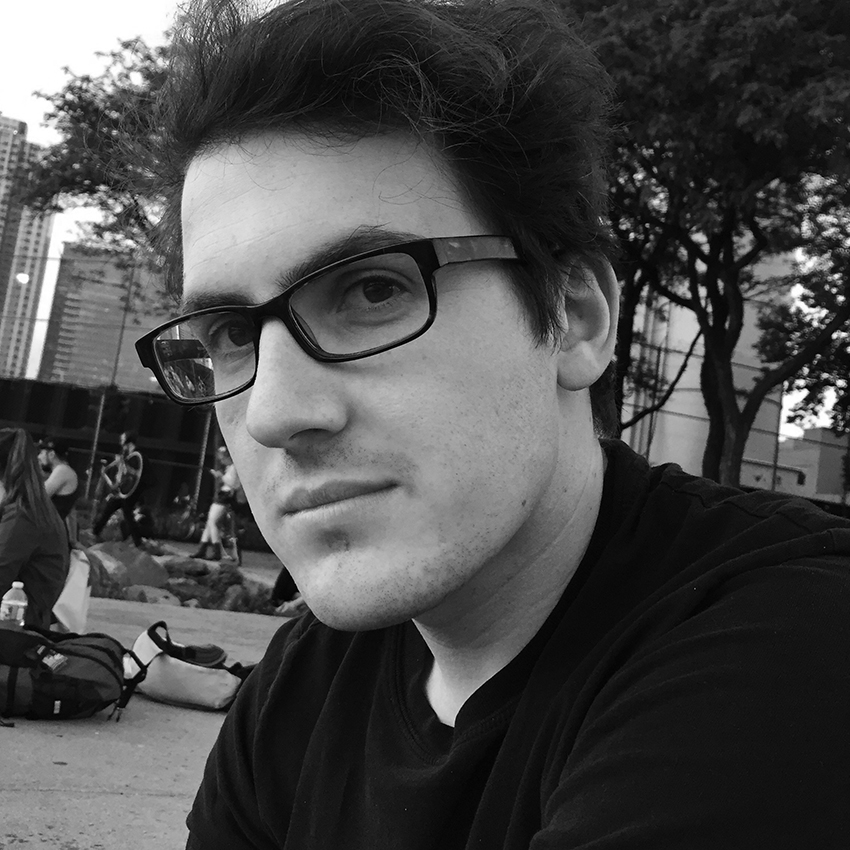 LEWIS RAPKIN
LEWIS RAPKIN
SXSW FILM: Twyla Moves [Screening Section: Visions]
“Music is incredibly important to both the director Steven Cantor and Twyla Tharp’s work, so the attention and expectation for this score was higher than anything I’ve worked on before. In some cases, I’d be scoring to picture of Tharp’s dances, which was an unbelievable opportunity to create music to such iconic movement. Because of this, the score was much more rhythmic, punchy and forward-facing than most underscore. It had to meet the level of energy and motion that Twyla’s work demands. Her previous musical collaborators, such as Philip Glass, David Byrne and Billy Joel, have been major influences to me, so it was an honor and challenge to create music that would live in the film alongside such legends. Twyla’s work was an inspiration that pushed me to be bold, creative and eclectic with the score.”
 VICTOR MAGRO
VICTOR MAGRO
SXSW FILM: Ayar [Screening Section: Visions]
“Everything about the score for this movie is fairly unconventional. Ayar, the movie itself, is unconventional too. It crosses genres and breaks some of the laws of film and storytelling. The music is constantly present across the film. I think there’s about 65+ minutes of music in an 80 minute film. Most of it is textural and very experimental. You will hardly be able to hear a tune. About half of my work was experimentation and preparation. The soundtrack is more sound design or sound sculpture than a collection of cues or instrumental songs. To create the score we used tape loops, found sounds, prepared instruments (I basically tapped, hammered, plucked and bowed on everything around me), primitive Incan water whistles, woodwinds, ronroco, a ton of synth work and a ton of audio processing.”
 ALEXANDER BURKE
ALEXANDER BURKE
SXSW FILM: Sound of Violence – Alexander Burke [Screening Section: Midnighters]
“I met Alex Noyer on Avenue of the Dead in Teotihuacan, Mexico, when we were guests of the 2018 Morbido Film Festival. Alex’s short, Conductor, stands as one of the best pieces of horror I’ve seen. It made me feel like a kid watching A Nightmare on Elm Street or The Texas Chainsaw Massacre for the first time. When Alex said it was a short version of the feature he was working on, I told him I had to score it. Jaakko Manninen and I ended up scoring the film together and we became friends, sharing a love of espresso, scotch, and music. Our composer credit is shared with Omar El-Deeb, a brilliant composer and sound designer who created many haunting and terrifying sounds which we utilized for the music, as well as scoring a handful of scenes. The collaboration was effortless. There are often conflicting egos in music and on film sets. There was only respect and humility on this project.”






Community
Connect with BMI & Professional Songwriters